Rome, an exhibition at Castel Sant'Angelo tells the story of Dauni culture
A journey through the colors and forms of pre-Roman Italy with the Dauni at Castel Sant’Angelo: Rome welcomes Daunian culture with the exhibition Forms and Colors of Pre-Roman Italy. Canosa di Puglia, curated by Massimo Osanna and Luca Mercuri. The event is part of the project “The Tale of Beauty,” an initiative promoted by the Ministries of Culture and Foreign Affairs to enhance the Italian cultural heritage preserved in museum deposits. The exhibition will be open to the public from Nov. 19, 2024, to Feb. 2, 2025, in the Salette Pio IV, accessible via the Giretto Breve, an area of the museum made visitable for the occasion.
This exhibition project kicked off in July 2023 at the Italian Cultural Institute in Santiago, Chile, in the presence of President of the Republic Sergio Mattarella. Subsequently, the exhibition was hosted in the Italian Institutes of Buenos Aires, São Paulo and, finally, at the Museo Nacional de Antropología in Mexico City, to land now at Castel Sant’Angelo, one of the symbols of Italian cultural heritage. The exhibition explores a crucial phase of ancient Italy, prior to Romanization, focusing on the civilization of the Dauni, a population settled in what is now northern Apulia and part of Basilicata. Canosa di Puglia, the epicenter of Daunian culture between the 4th and 2nd centuries B.C., is the focus of the narrative.
The exhibits illustrate the cultural and social richness of the period, with a focus on the Daunian Princes, prominent figures buried in sumptuously decorated hypogea and accompanied by elaborate grave goods. Among the most representative objects are polychrome and plastic vases, characterized by a distinctive deep pink color and decorated with applied figurines, a gold diadem decorated with movable floral motifs, and a gold foil scepter, evidence of royal rank.
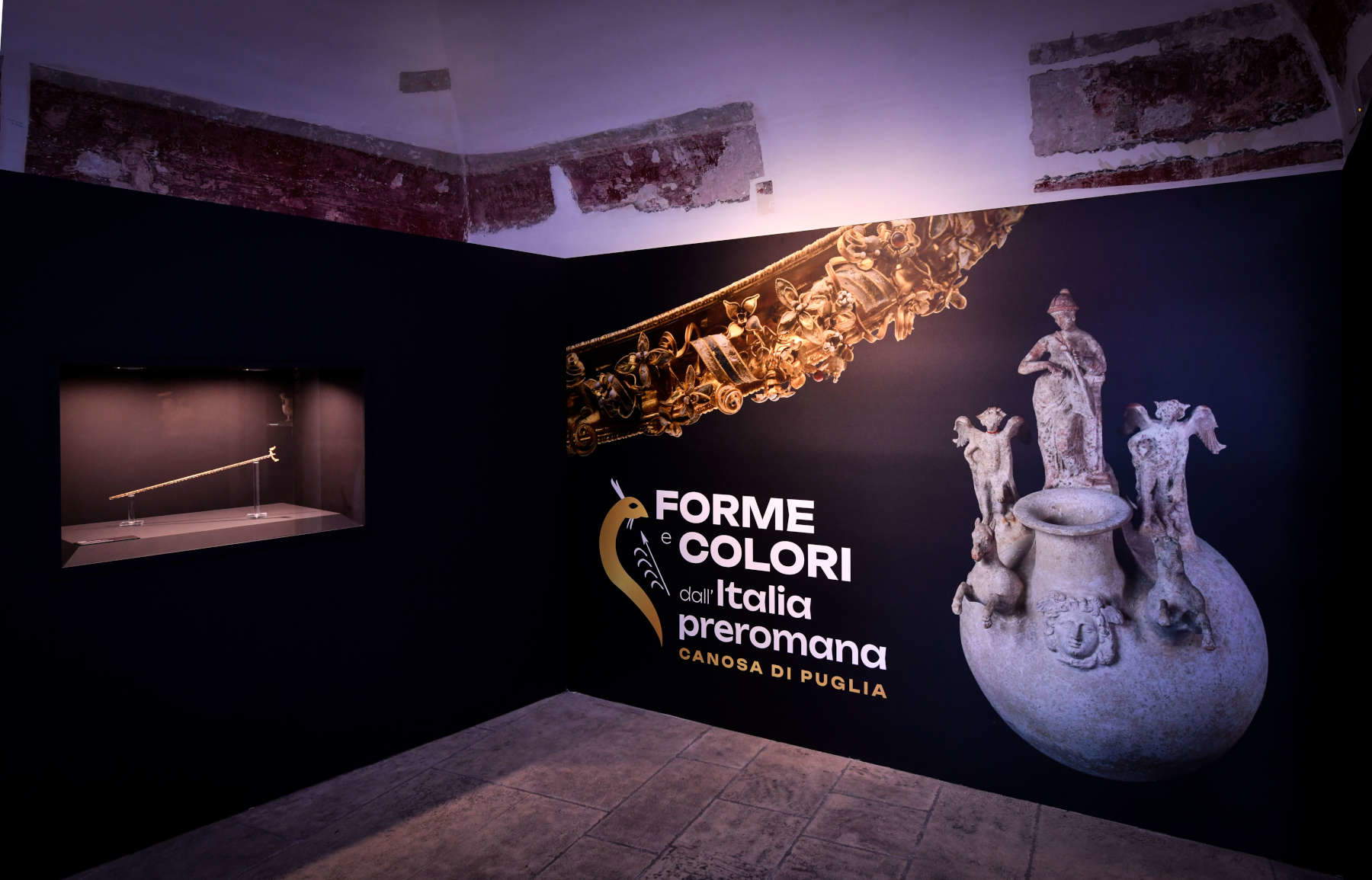
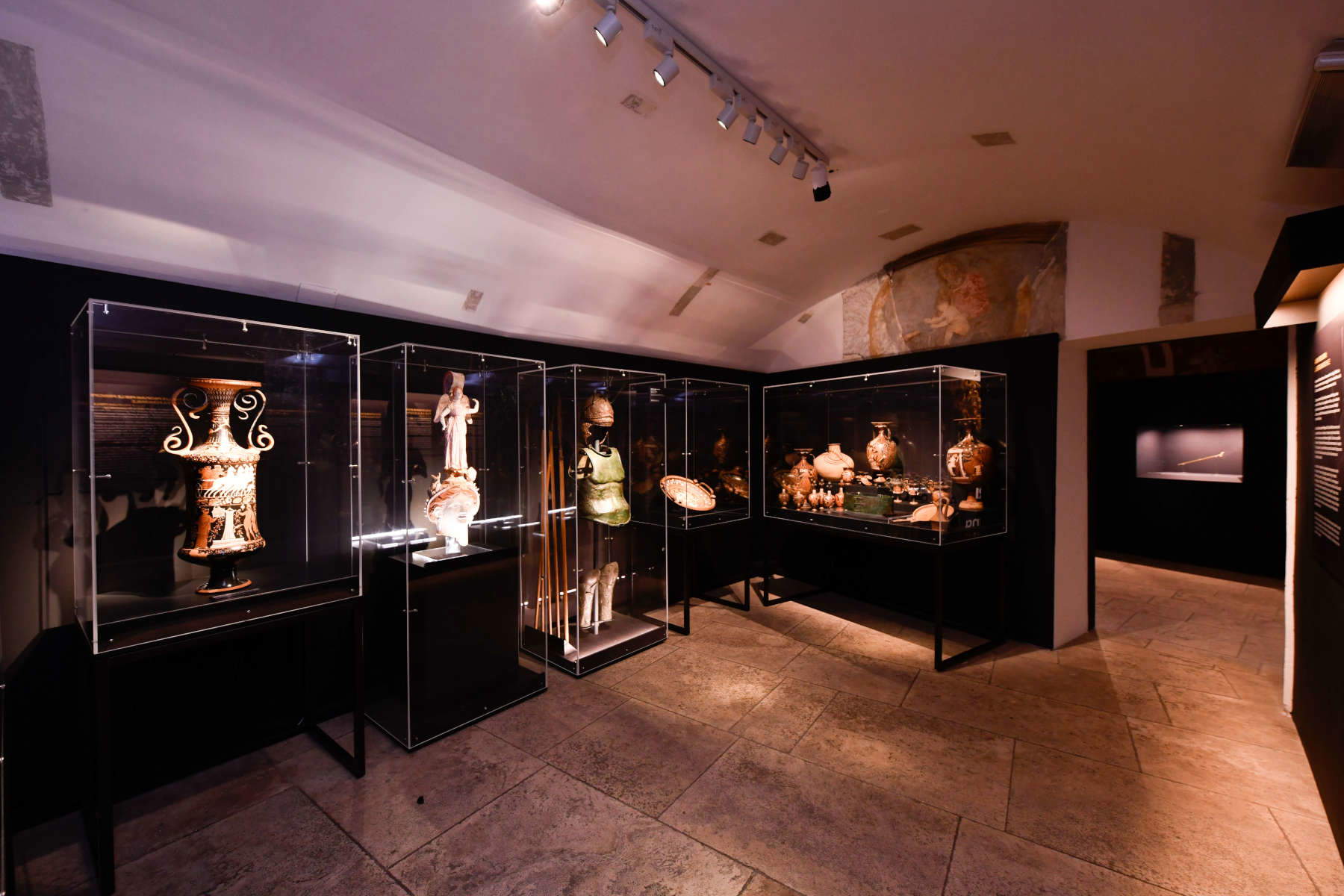
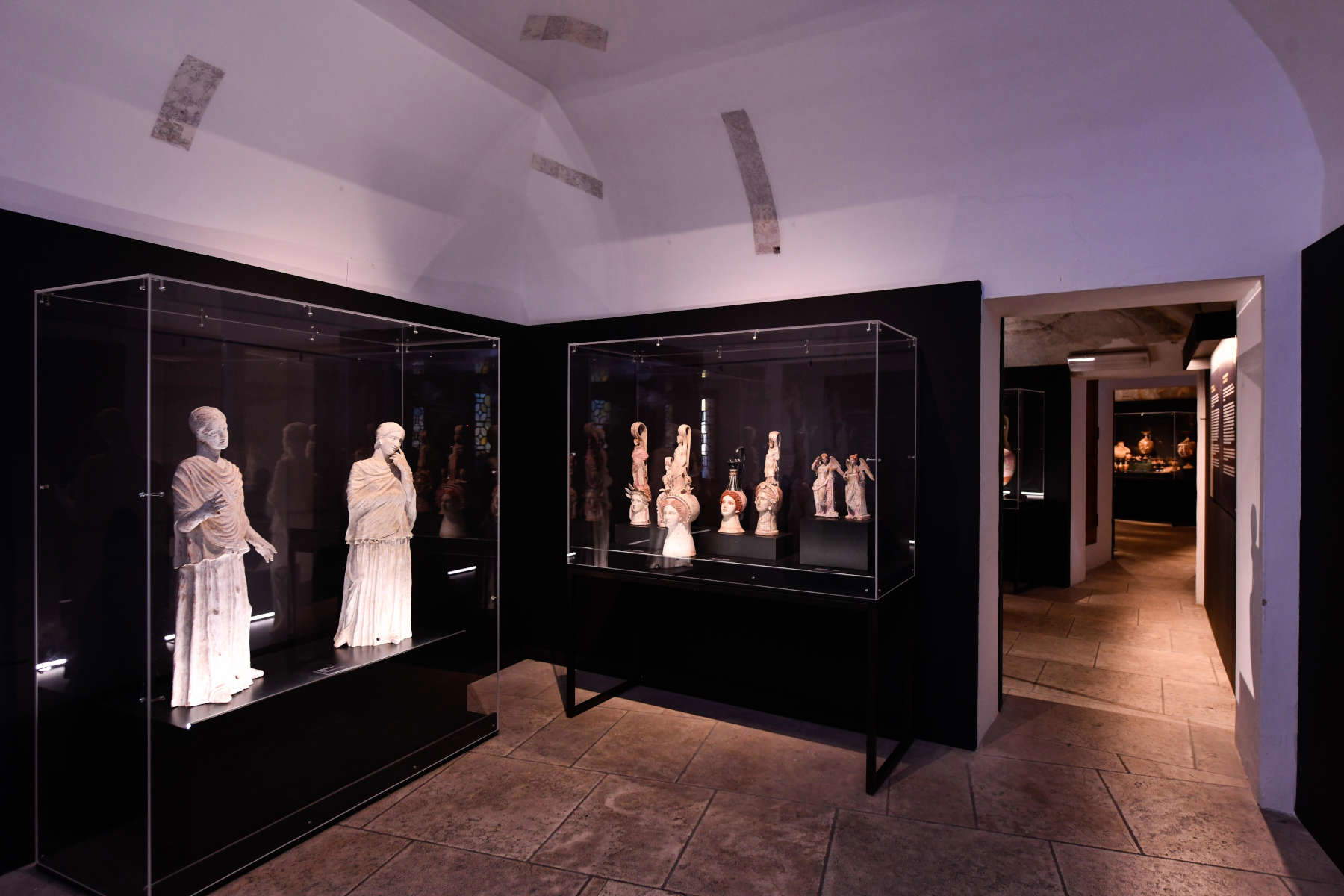
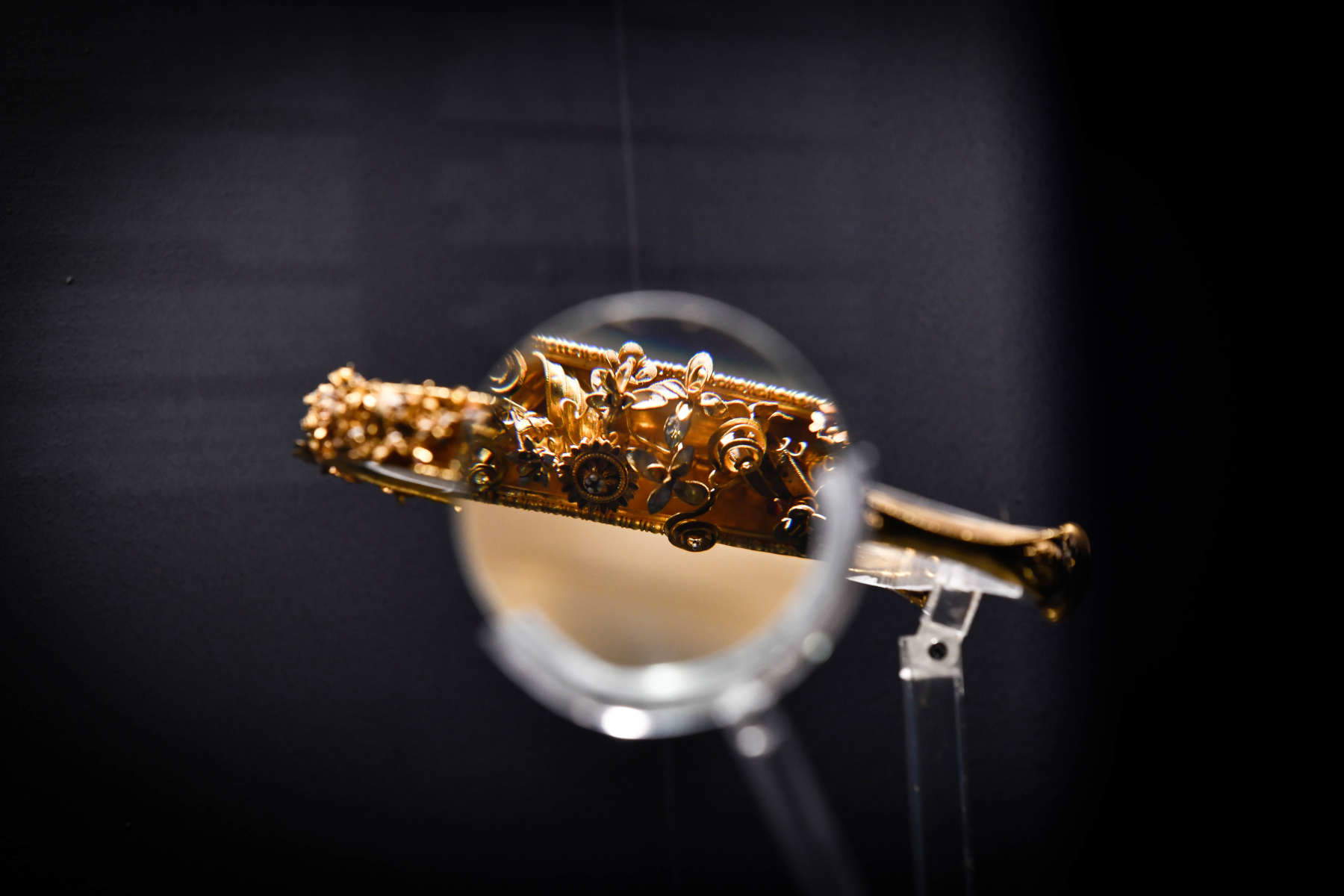
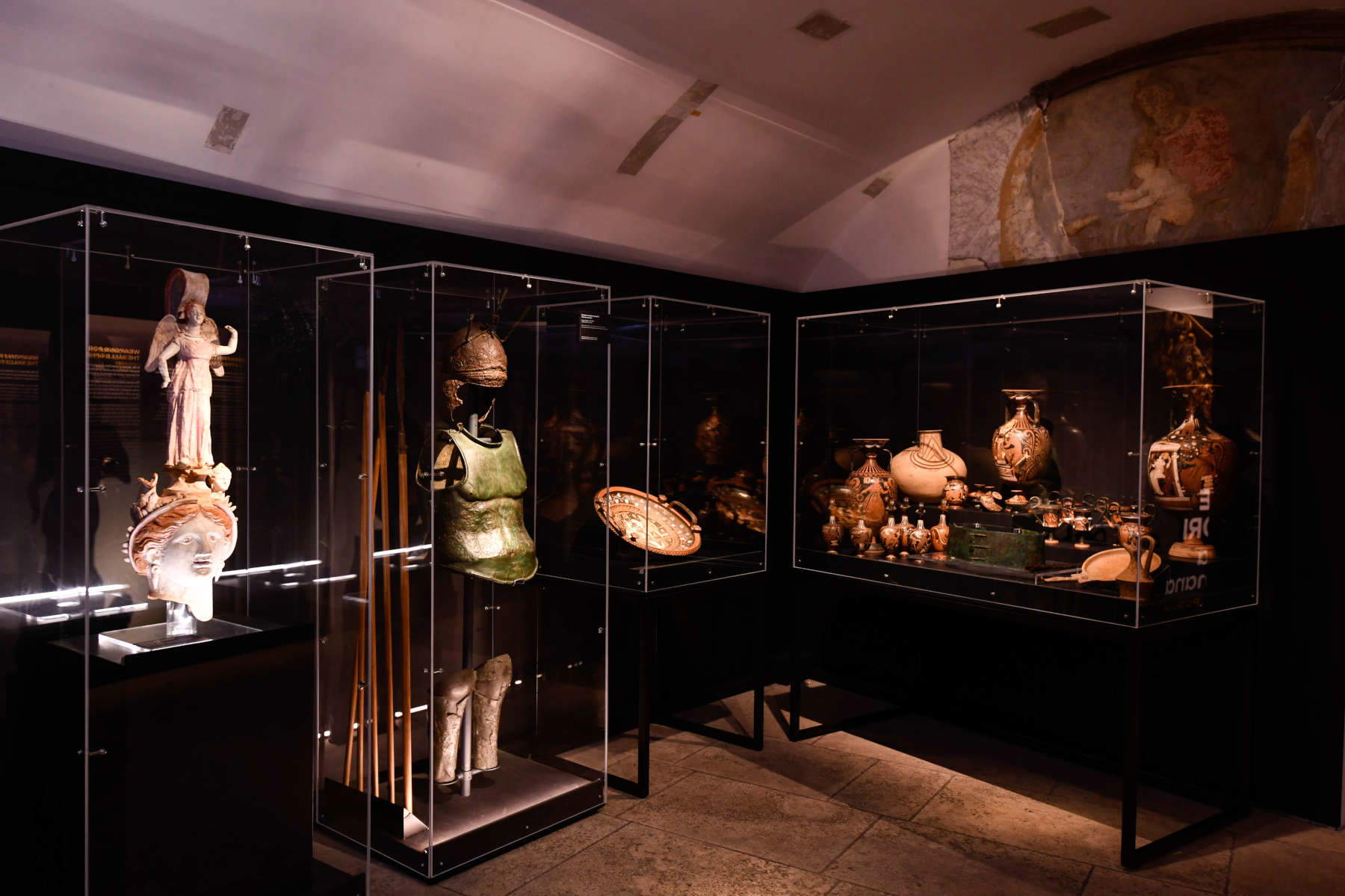
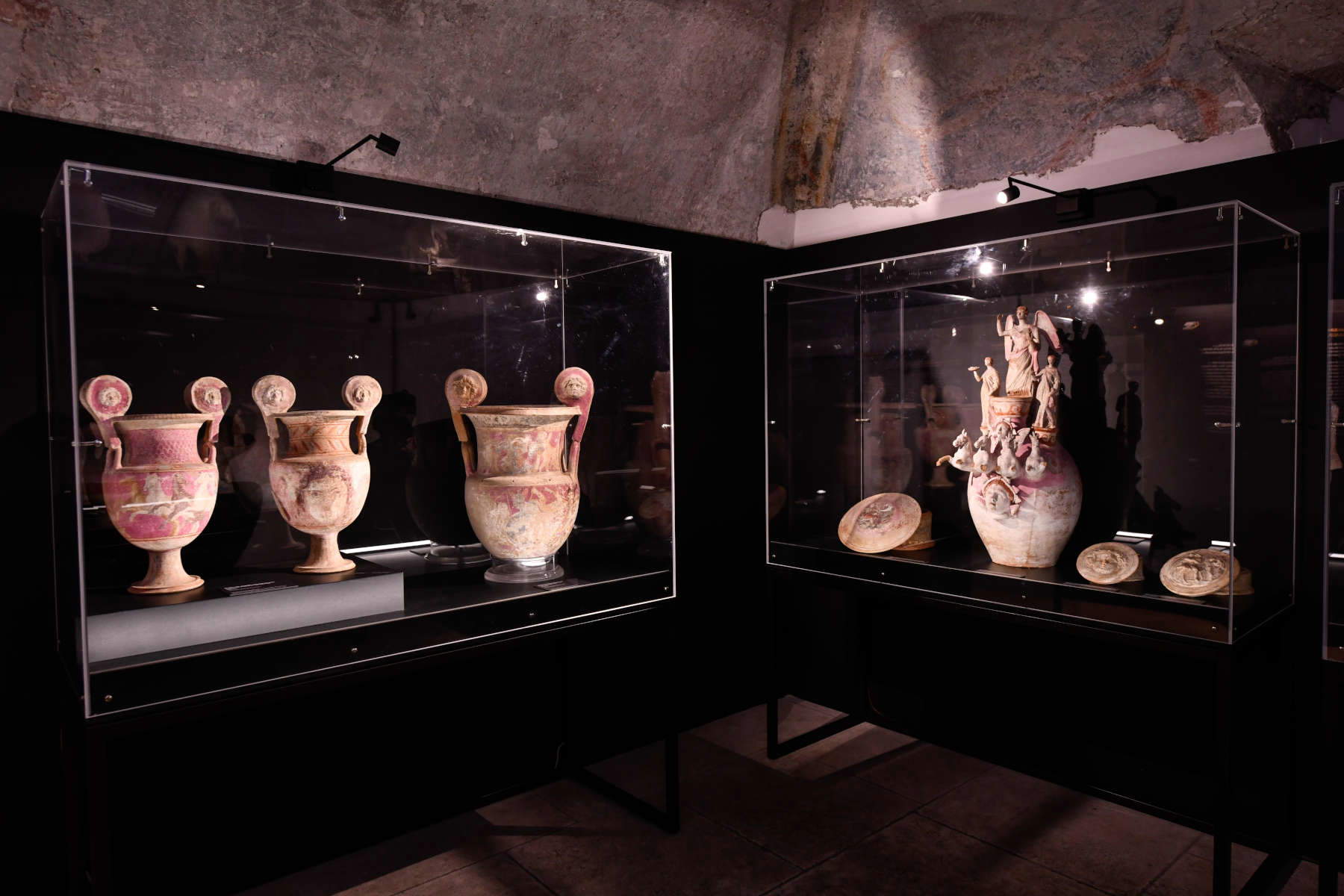
A journey into the culture of the Daunians
The materials come from the collections of important institutions in Puglia, such as the National Archaeological Museum in Canosa di Puglia, the National Archaeological Museum in Taranto and the Museum of Santa Scolastica in Bari. Alongside these, there is space for artifacts recovered during operations to combat the illicit trafficking of cultural goods, conducted by the Carabinieri Command for the Protection of Cultural Heritage.
Forms and Colors of Pre-Roman Italy aims to be not only a journey through the history of Canosa and the culture of the Daunians, but an opportunity to reflect on the importance of the protection and enhancement of cultural heritage. The international project aims to offer evidence of Italy’s commitment to sharing its cultural roots with the world, through an interweaving of history, art and diplomacy that, with the appointment at Castel Sant’Angelo, touches a new stage in a project that began a year ago.
Prof. Osanna, Director General Museums says, “The exhibition tells the story of an Italy still little known to the general public, which speaks of encounters, contaminations and dialogues between different cultures. These themes, which animated the ancient Mediterranean, continue to be of extraordinary relevance, reminding us of the importance of confrontation and openness to the other to build a more aware and inclusive society.”
“This project constitutes a virtuous example of cultural diplomacy and how the telling of our heritage combined with the promotion of the territories that have produced and today preserve this wealth, is one of our greatest assets, capable of strengthening our influence on the main global geopolitical tables,” says Filippo La Rosa, Deputy Director General for Public and Cultural Diplomacy MAECI and Central Director for the Promotion of Italian Language and Culture Abroad.
Vito Malcangio, Mayor of Canosa di Puglia highlights how “the extraordinary archaeological heritage Canosa has continues to make people talk about itself, both in Italy and around the world. This event makes my community proud, which with joy is increasingly aware that the road taken to make our historical and cultural riches known is the right one.”
 |
| Rome, an exhibition at Castel Sant'Angelo tells the story of Dauni culture |
Warning: the translation into English of the original Italian article was created using automatic tools. We undertake to review all articles, but we do not guarantee the total absence of inaccuracies in the translation due to the program. You can find the original by clicking on the ITA button. If you find any mistake,please contact us.




























